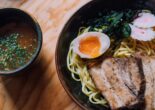Get ready for the new school year in Japan with these essential tips and supplies. Are you fully prepared for your child’s back-to-school experience? Find out now!
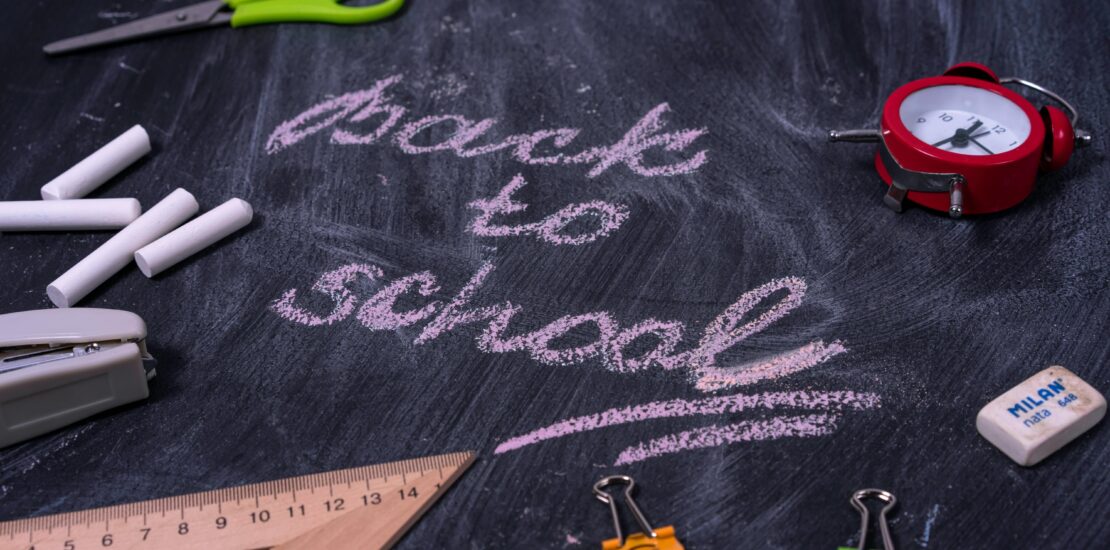
With the summer coming to an end and the crisp autumn days beckoning, Japanese students are quickly packing their bags for school. The season of returning to school in Japan is one of the most exciting times for both the kids and their parents. From the seemingly peculiar type of stationery to long enrollment procedures, preparing for the new academic year here is quite an unforgettable experience. Whether your child has just begun their school year or is coming back to school after the holidays, here are some tips to start the year off right.
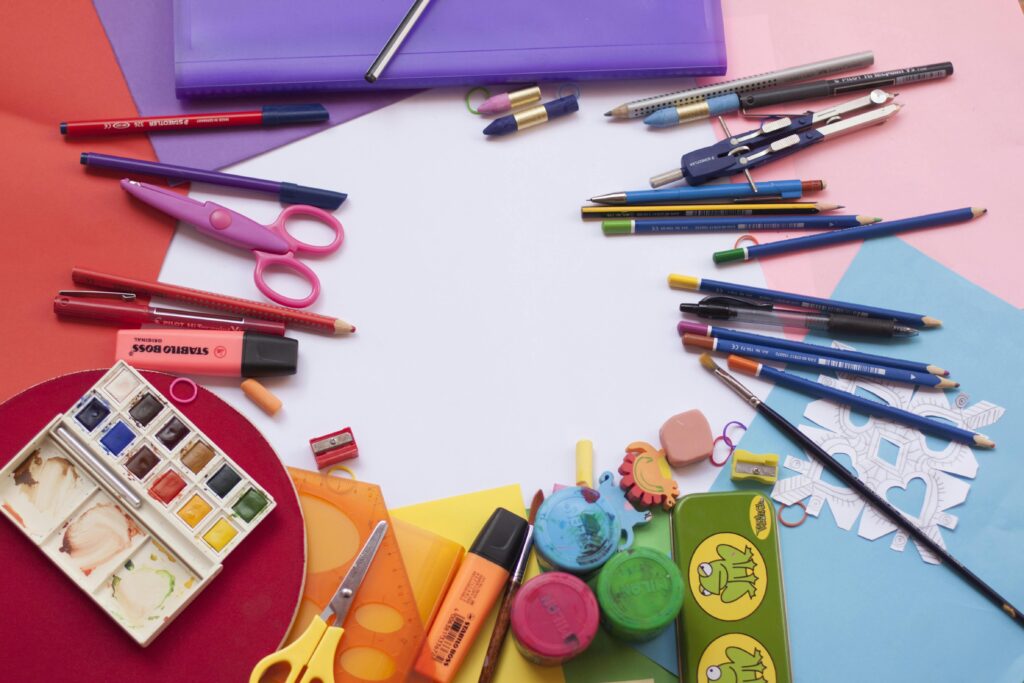
Essential Back-to-School Supplies in Japan
Japanese students need a range of supplies to help them through the school year, many of which are uniquely suited to Japan’s educational system. Here are some key essentials:
- Randoseru: A sturdy backpack that is used by Japanese elementary school students from first grade through sixth grade. Depending on the materials and design, randoseru come in different colors and styles and can be purchased in department stores like Ito-Yokado or Kiddy Land specialty stores.
- Stationery Galore: Japan is a heaven for all stationery lovers, and shopping for back-to-school accessories cannot be completed without a visit to stores like Itoya or LOFT. It is recommended to purchase long-lasting stationery items such as pencils, pens, and notebooks. For art class, buy items like polymer clay, paints, and brushes. Younger students will also require something called a painting bib or apron, which covers their clothes during painting lessons.
- Cute Water Bottles: Staying hydrated is crucial, and having a playful and adorable water bottle is essential. There are plenty of Thermos bottles at Muji, Ito-Yokado, or Aeon. Select one with characters your child loves or one that has a stylish design that your child would adore.
- Hand Towels and Handkerchiefs: In Japan, students often carry a small hand towel or handkerchief to dry their hands after washing. These are essential for maintaining hygiene and can be found in a variety of colors and patterns at Daiso, Seria, or LOFT.
Tips for a Smooth Back-to-School Transition in Japan
Going back to school after the summer holiday can be rather a challenge, to some extent because it involves getting used to a different learning environment.
- Set a Routine Early: Bedtime and wake-up time schedules should be adjusted about a week before the start of school. Schools in Japan begin very early, so getting up early in the morning will help ease the challenges of the first week.
- Prepare in Advance: Pack school bags, uniforms, shoes, and lunch packs the day before to minimize hassles that may occur in the morning. In Japan, many students bring their own bento, so make sure you have fresh ingredients and supplies ready for a healthy lunch.
- Label Everything: Most Japanese schools have the practice of attaching name tags to all items used at school, including pencil cases and hand towels. It is important to label your child’s items to ensure that they do not get lost or mixed up with those belonging to other children.
- Make Time for Breakfast: Japanese schools understand the importance of breakfast and ensure students have a balanced diet to sustain them in school. To put it simply, a traditional Japanese breakfast that includes rice, miso soup, and grilled fish can provide the needed nutrition to start the day.
Where to Buy School Supplies in Japan
Japan offers an abundance of places to shop for back-to-school supplies, from department stores to specialty shops:
- LOFT and Tokyu Hands: These stores are particularly useful for purchasing good-quality writing materials, notebooks, art materials, and other related items. You will find everything ranging from basic school requirements to the most unique and stylish accessories that your child will be proud to carry to school.
- Daiso and Seria: These 100-yen shops are perfect for price-sensitive consumers. Their cheap items include hand towels, art items, and cute-shaped water bottles that you can get at a very affordable price.
- Muji: Known for its minimalist and functional designs, Muji has a great selection of practical supplies like notebooks, pens, and water bottles. Their understated style is perfect for students who prefer simple, stylish items.
- Ito-Yokado and Aeon: Large department stores like these carry a wide range of school supplies, including uniforms, gym clothes, and shoes. They often have seasonal back-to-school sales, so keep an eye out for discounts.
- Yuzawaya: A craft and fabric store, which might not be as large as Seria, but it also has a school supplies section and art materials like polymer clay and paints your child might need for their projects.
Navigating Back-to-School Sales in Japan
Taking advantage of back-to-school sales in Japan can help you save money while ensuring your child is well-prepared for the new term:
- Plan Ahead: When preparing for a shopping trip to stores such as Seibu, Sogo, and Uniqlo, make a list of your child’s needs to avoid buying unnecessary items. Some of the products that are likely to be available at lower prices in these stores during this period include uniforms, shoes, and stationery.
- Shop Early: Back-to-school products, including randoseru, are often out of stock, especially at the beginning of the season, so the best chance is to shop early to ensure that you can easily get what you want.
- Compare Prices: Prices may differ from one store to another, so it is recommended to search for cheaper alternatives on online shops such as Rakuten and Amazon Japan before making your final purchases.
- Look for Bulk Discounts: Some stores also offer discounts for purchasing items such as notebooks, pens, or art supplies in sets. If you are purchasing supplies for several children or expect your child to use the supplies a lot, it might be wise to buy in larger quantities.
Preparing for Extracurricular Activities
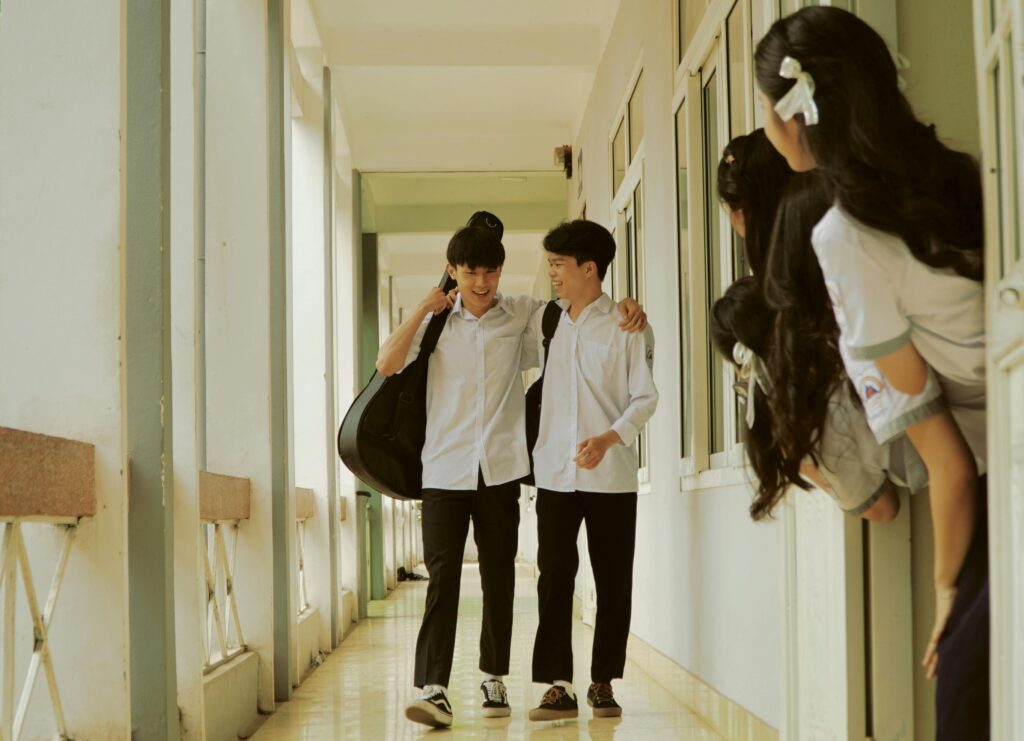
Japanese schools emphasize extracurricular activities (called bukatsu) as an essential part of student life. Whether it’s sports, music, or the arts, being prepared for these activities is important:
- Gear Up for Clubs: Depending on the club your child is in, they may be required to have some types of special equipment. For baseball and soccer, you might want to look at Super Sports Xebio, where you can find uniforms and gear. For music or art clubs, the selection of musical instruments at Ishibashi Music and art materials at Tokyu Hands is extensive.
- Time Management: Many schools in Japan have a culture where students are expected to stay at school until the evening for practice in extracurricular activities. Teach your child good time management by planning a timetable for schoolwork, other activities, and free periods.
- Encourage Participation: Bukatsu is a great way for students to build friendships, learn new skills, and grow their confidence. Support your child in exploring different activities until they find what they enjoy most.
The Importance of Health and Wellness
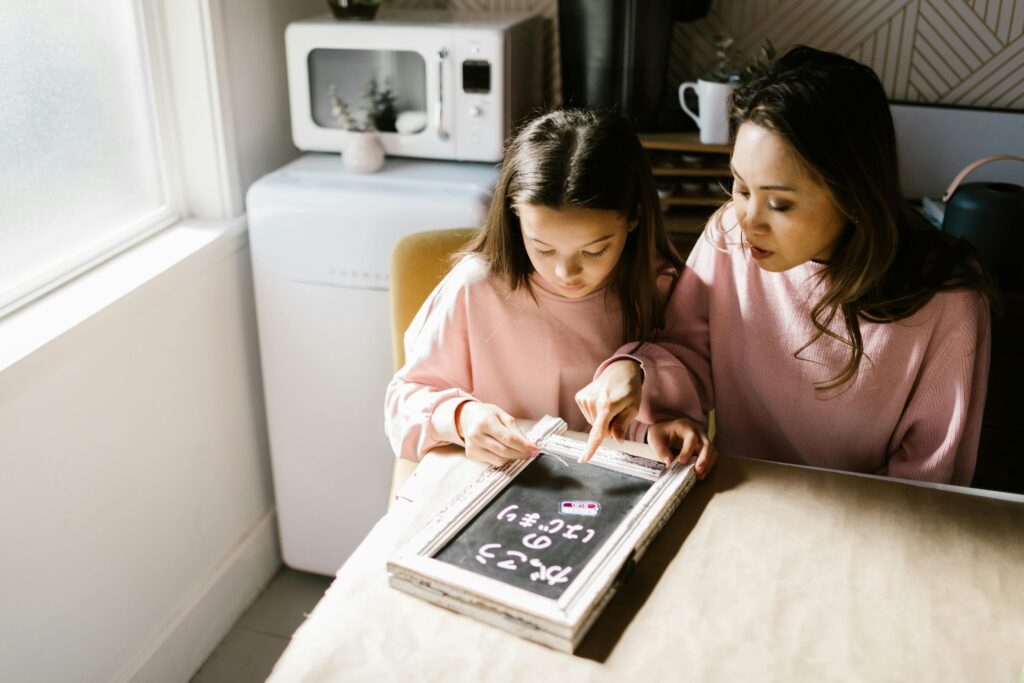
- Balanced Diet: Encourage a well-balanced diet, including plenty of vegetables, rice, and fish, to support your child’s health and energy. Packing a nutritious bento lunch ensures they get the proper nutrients while away from home.
- Sleep Routine: Japanese school days start early, making it important for your child to have enough sleep in the evening for the next day’s activities. Set a pre-sleep routine for the kids with the purpose of helping them relax and get a good night’s sleep.
- Physical Activity: A large number of Japanese students travel to school on foot or by bicycle, thus making them more physically active. Motivate your child to continue participating in physical activities such as bukatsu or playing outside, as it is good for both their body and mind.
- Mental Health: Japanese school life may be more demanding than in other countries or even from where you grew up. Maintain a good relationship with your child and encourage them to express themselves regarding issues at school, with peers, or in other activities.
Back-to-school season in Japan is a unique and exciting time filled with tradition, preparation, and opportunity. By gathering the right supplies and helping your child ease back into school routines, you’re setting them up for a successful and enjoyable year ahead. From selecting the correct type of randoseru to choosing art supplies such as polymer clay and paints, these preparations will not only ensure that your child is ready for the new academic year but also ready to succeed in their future endeavors.
Related Articles
Japanese Restaurant Etiquette: Simple Mistakes That Can Ruin Your Meal
Warning: Undefined array key "sfsi_threadsIcon_order" in /home/veremosglobal/tokyoroomfinder.com/public_html/blog/wp-content/plugins/ultimate-social-media-icons/libs/controllers/sfsi_frontpopUp.php on line 165
Warning: Undefined array key "sfsi_blueskyIcon_order" in /home/veremosglobal/tokyoroomfinder.com/public_html/blog/wp-content/plugins/ultimate-social-media-icons/libs/controllers/sfsi_frontpopUp.php on line 170
Warning: Undefined array key "sfsi_bluesky_display" in /home/veremosglobal/tokyoroomfinder.com/public_html/blog/wp-content/plugins/ultimate-social-media-icons/libs/controllers/sfsi_frontpopUp.php on line 266


